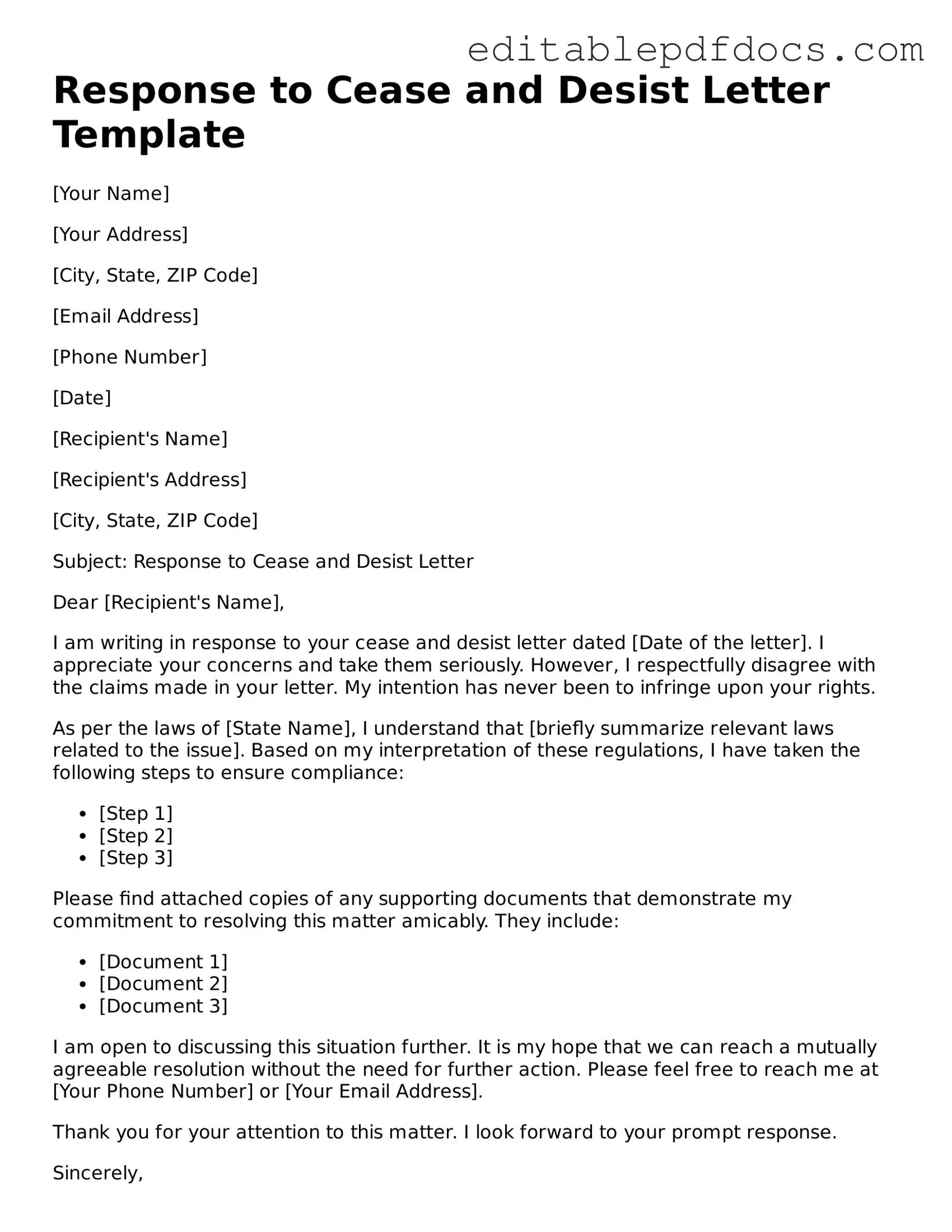Responding to a cease and desist letter can be a daunting task. Many individuals make mistakes that can complicate their situation. One common error is failing to read the letter carefully. Understanding the claims made against you is essential. If you overlook key details, your response may not adequately address the issues raised.
Another mistake is not seeking legal advice. Many people believe they can handle the response on their own. However, consulting with a lawyer can provide valuable insights. A legal professional can help you craft a response that effectively counters the claims and protects your rights.
Some individuals also make the mistake of responding emotionally. A cease and desist letter can provoke strong feelings, but it is crucial to remain calm. An emotional response can lead to a poorly constructed reply that may worsen the situation. Keeping a level head ensures that your response is clear and professional.
Moreover, people often fail to include all relevant information in their response. A complete reply should address each point made in the original letter. Omitting details can create the impression that you are ignoring the claims or do not take them seriously.
Another frequent error is missing deadlines. Cease and desist letters typically come with a timeline for response. Ignoring this timeline can lead to further legal action. It is vital to respond promptly to show that you are taking the matter seriously.
Some individuals may also underestimate the importance of tone. A dismissive or confrontational tone can escalate tensions. It is better to maintain a respectful and professional tone, even if you disagree with the claims made against you.
In addition, people sometimes fail to document their response properly. Keeping a copy of your response and any related correspondence is essential. This documentation can be crucial if the situation escalates or if you need to defend yourself in the future.
Finally, some individuals overlook the potential need for a counterclaim. If the cease and desist letter is based on false claims, it may be appropriate to assert your own claims in response. Failing to do so can leave you vulnerable to further legal challenges.
